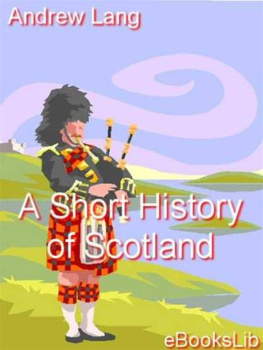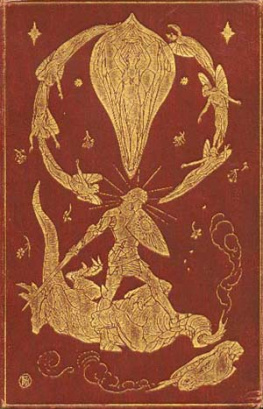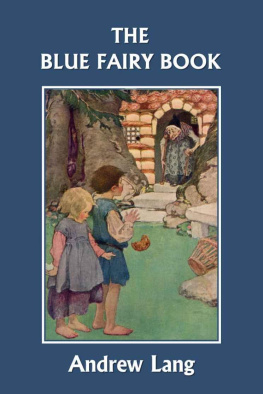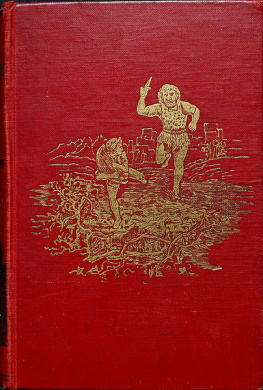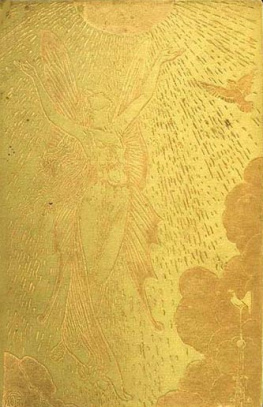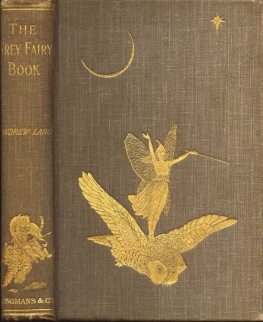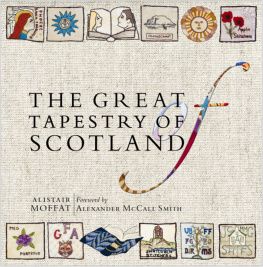CHAPTER I. SCOTLAND AND THE ROMANS.
If we could see in a magic mirror the country now called Scotland as it was when the Romans under Agricola (81 A.D.) crossed the Border, we should recognise little but the familiar hills and mountains. The rivers, in the plains, overflowed their present banks; dense forests of oak and pine, haunted by great red deer, elks, and boars, covered land that has long been arable. There were lakes and lagoons where for centuries there have been fields of corn. On the oldest sites of our towns were groups of huts made of clay and wattle, and dominated, perhaps, by the large stockaded house of the tribal prince. In the lochs, natural islands, or artificial islets made of piles (crannogs), afforded standing-ground and protection to villages, if indeed these lake-dwellings are earlier in Scotland than the age of war that followed the withdrawal of the Romans.
The natives were far beyond the savage stage of culture. They lived in an age of iron tools and weapons and of wheeled vehicles; and were in what is called the Late Celtic condition of art and culture, familiar to us from beautiful objects in bronze work, more commonly found in Ireland than in Scotland, and from the oldest Irish romances and poems.
In these epics the manners much resemble those described by Homer. Like his heroes, the men in the Cuchullain sagas fight from light chariots, drawn by two ponies, and we know that so fought the tribes in Scotland encountered by Agricola the Roman General (81-85 A.D.) It is even said in the Irish epics that Cuchullain learned his chariotry in Albathat is, in our Scotland. The warriors had mighty limbs and flaming hair, says Tacitus. Their weapons were heavy iron swords, in bronze sheaths beautifully decorated, and iron-headed spears; they had large round bronze-studded shields, and battle-axes. The dress consisted of two upper garments: first, the smock, of linen or other fabricin battle, often of tanned hides of animals,and the mantle, or plaid, with its brooch. Golden torques and heavy gold bracelets were worn by the chiefs; the women had bronze ornaments with brightly coloured enamelled decoration.
Agriculture was practised, and corn was ground in the circular querns of stone, of which the use so long survived. The women span and wove the gay smocks and darker cloaks of the warriors.
Of the religion, we only know that it was a form of polytheism; that sacrifices were made, and that Druids existed; they were soothsayers, magicians, perhaps priests, and were attendant on kings.
Such were the people in Alba whom we can dimly descry around Agricolas fortified frontier between the firths of Forth and Clyde, about 81-82 A.D. When Agricola pushed north of the Forth and Tay he still met men who had considerable knowledge of the art of war. In his battle at Mons Graupius (perhaps at the junction of Isla and Tay), his cavalry had the better of the native chariotry in the plain; and the native infantry, descending from their position on the heights, were attacked by his horsemen in their attempt to assail his rear. But they were swift of foot, the woods sheltered and the hills defended them. He made no more effectual pursuit than Cumberland did at Culloden.
Agricola was recalled by Domitian after seven years warfare, and his garrisons did not long hold their forts on his lines or frontier, which stretched across the country from Forth to Clyde; roughly speaking, from Grahams Dyke, east of Borrowstounnis on the Firth of Forth, to Old Kilpatrick on Clyde. The region is now full of coal-mines, foundries, and villages; but excavations at Bar Hill, Castlecary, and Roughcastle disclose traces of Agricolas works, with their earthen ramparts. The Roman station at Camelon, north-west of Falkirk, was connected with the southern passes of the Highland hills by a road with a chain of forts. The remains of Roman pottery at Camelon are of the first century.
Two generations after Agricola, about 140-145, the Roman Governor, Lollius Urbicus, refortified the line of Forth to Clyde with a wall of sods and a ditch, and forts much larger than those constructed by Agricola. His line, the Antonine Vallum, had its works on commanding ridges; and fire-signals, in case of attack by the natives, flashed the news from one sea to the other sea, while the troops of occupation could be provisioned from the Roman fleet. Judging by the coins found by the excavators, the line was abandoned about 190, and the forts were wrecked and dismantled, perhaps by the retreating Romans.
After the retreat from the Antonine Vallum, about 190, we hear of the vigorous unrest of the Meat and Caledonians; the latter people are said, on very poor authority, to have been little better than savages. Against them Severus (208) made an expedition indefinitely far to the north, but the enemy shunned a general engagement, cut off small detachments, and caused the Romans terrible losses in this march to a non-existent Moscow.
Not till 306 do we hear of the Picts, about whom there is infinite learning but little knowledge. They must have spoken Gaelic by Severuss time (208), whatever their original language; and were long recognised in Galloway, where the hill and river names are Gaelic.
The later years of the Romans, who abandoned Britain in 410, were perturbed by attacks of the Scoti (Scots) from Ireland, and it is to a settlement in Argyll of Dalriadic Scots from Ireland about 500 A.D. that our country owes the name of Scotland.
Rome has left traces of her presence on Scottish soilvestiges of the forts and vallum wall between the firths; a station rich in antiquities under the Eildons at Newstead; another, Ardoch, near Sheriffmuir; a third near Solway Moss (Birrenswark); and others less extensive, with some roads extending towards the Moray Firth; and a villa at Musselburgh, found in the reign of James VI.
CHAPTER II. CHRISTIANITYTHE RIVAL KINGDOMS.
To the Scots, through St Columba, who, about 563, settled in Iona, and converted the Picts as far north as Inverness, we owe the introduction of Christianity, for though the Roman Church of St Ninian (397), at Whithern in Galloway, left embers of the faith not extinct near Glasgow, St Kentigerns country, till Columbas time, the rites of Christian Scotland were partly of the Celtic Irish type, even after St Wilfrids victory at the Synod of Whitby (664).
St Columba himself was of the royal line in Ulster, was learned, as learning was then reckoned, and, if he had previously been turbulent, he now desired to spread the Gospel. With twelve companions he settled in Iona, established his cloister of cells, and journeyed to Inverness, the capital of Pictland. Here his miracles overcame the magic of the Kings druids; and his Majesty, Brude, came into the fold, his people following him. Columba was no less of a diplomatist than of an evangelist. In a crystal he saw revealed the name of the rightful king of the Dalriad Scots in Argyllnamely, Aidanand in 575, at Drumceat in North Ireland, he procured the recognition of Aidan, and brought the King of the Picts also to confess Aidans independent royalty.
In the Life of Columba, by Adamnan, we get a clear and complete view of everyday existence in the Highlands during that age. We are among the red deer, and the salmon, and the cattle in the hills, among the second-sighted men, too, of whom Columba was far the foremost. We see the saints inkpot upset by a clumsy but enthusiastic convert; we even make acquaintance with the old white pony of the monastery, who mourned when St Columba was dying; while among secular men we observe the differences in rank, measured by degrees of wealth in cattle. Many centuries elapse before, in Froissart, we find a picture of Scotland so distinct as that painted by Adamnan.

